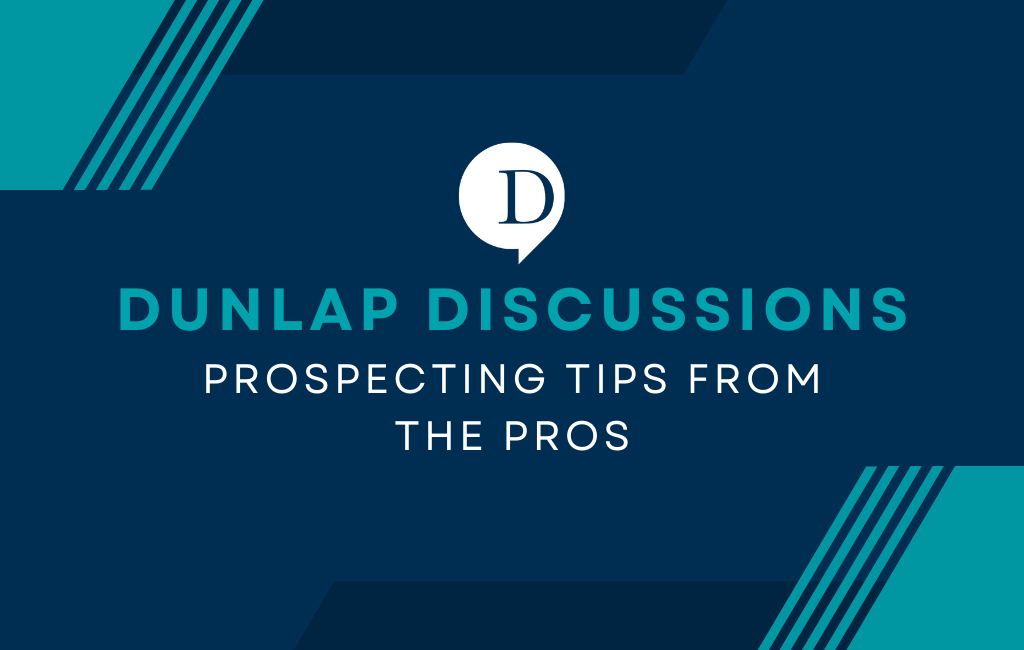Cold calling has a very specific purpose: Human-to-human interaction with your prospects.
Often, this purpose is forgotten – not because it’s unimportant, but because most sales people do not enjoy it.

As a matter of fact, business-to-business telemarketing and cold calling in 2024 remains an important discipline that needs to be applied to any sales role. Today, in many outside sales organizations, old school “door knocking” might be unproductive and outdated, especially with large territory assignments.
However, prospecting via phone calls remains a great complement to your overall accumulation of early stage appointment setting and qualified leads. This accumulation is known as “filling up your pipeline”. When done properly, it can also be a healthy way to build up your pipeline of future customers.
The importance of cold calling boils down to this: it’s a cost and time efficient method of very targeted, human-to-human prospecting.
Buyer-generated and Seller-generated Leads
As discussed in The Difference Between Qualified Leads, leads can be broken down into two categories – buyer-generated and seller-generated.
Buyer-generated leads generally advance through the sales cycles relatively quickly because a potential buyer is actively searching for your product or service. However, there are a finite number of buyer-generated leads and often they are expensive to purchase or produce internally.
This is when the importance of seller-generated leads is presented. Telemarketing continues to prove itself as a tried and true method of seller-generated lead generation.
When you can clearly define and identify who your prospects are, cold calling is a great way to zero in and hustle for new business opportunities. It becomes even more effective when advertising and marketing budgets limit or prohibit other forms of lead generation.
Cold calling remains a cost-effective lead generation method, giving you control over growing your business, while not depending upon inbound generation methods.
Get Cold Calling To Work For You
Cold calling is a tool that can be used to continuously add new prospects to your pipeline of selling opportunities. Typically, cold-call-generated-prospects are not the ones you find through inbound methods; because of this, they complement other lead generation strategies, giving your pipeline both buyer-generated and seller-generated leads.
Having a plan of how to execute a cold call campaign is the first step in implementation. For more information, check out our “6 Steps to Implement a Telemarketing Campaign” series or eBook.
Contact – Mike Dunlap, miked@dunlapmarketing.com (281) 496-9870 x140



